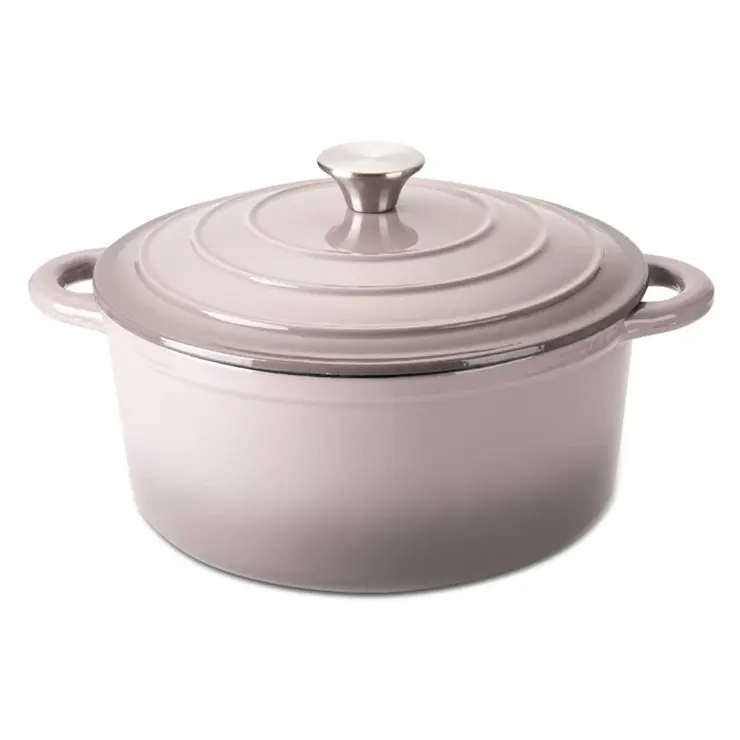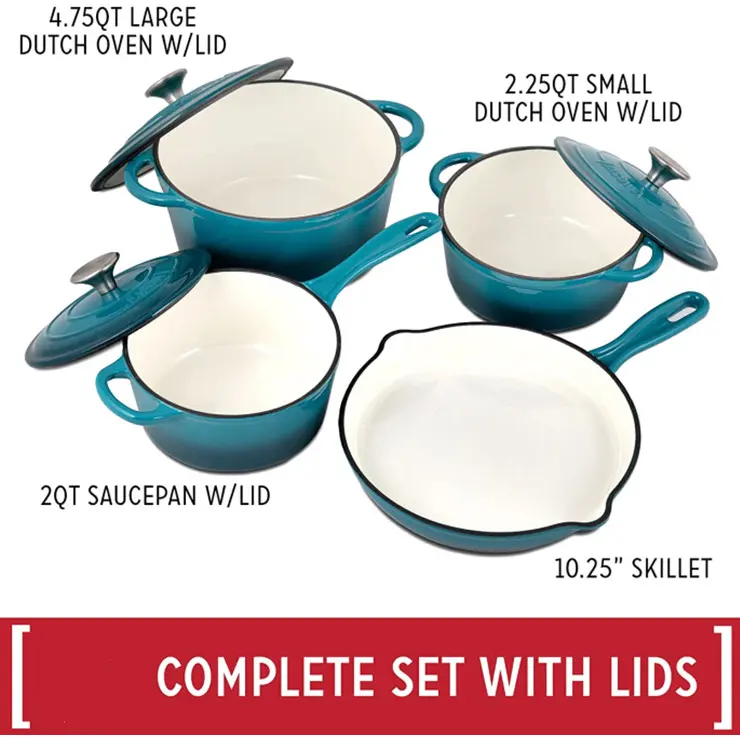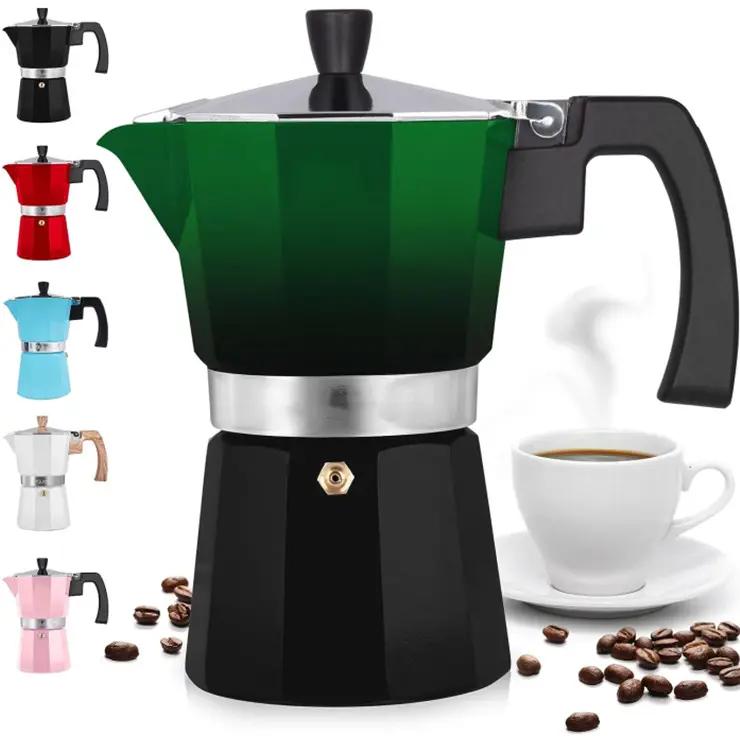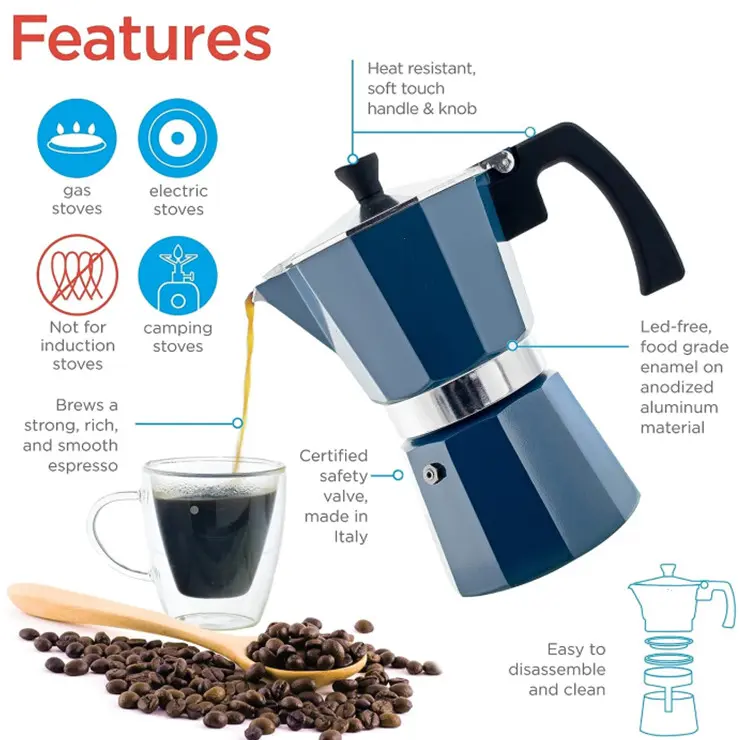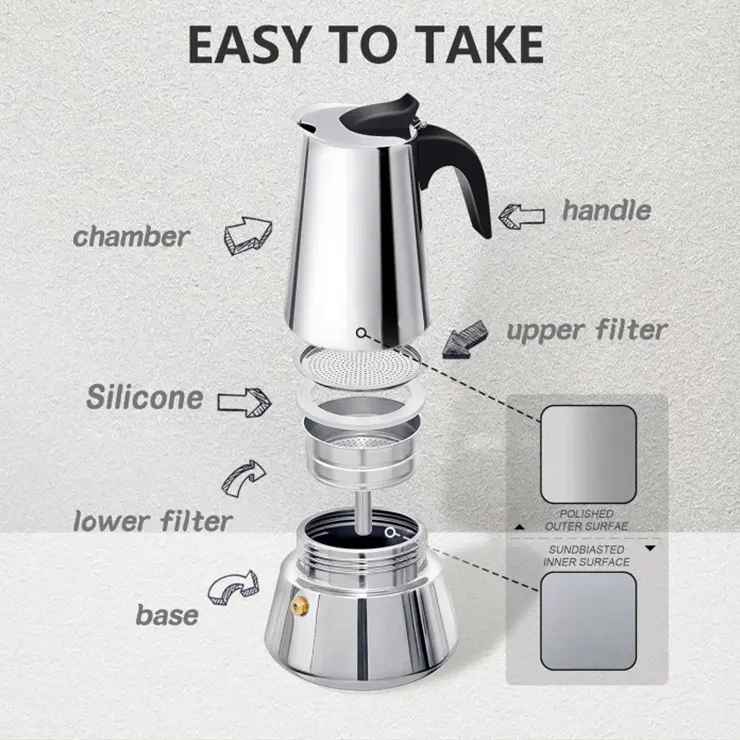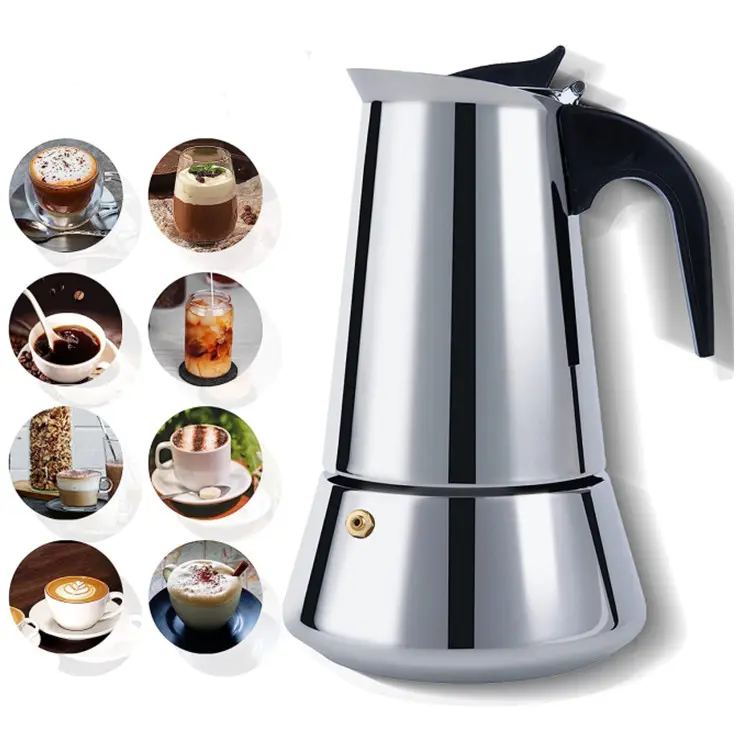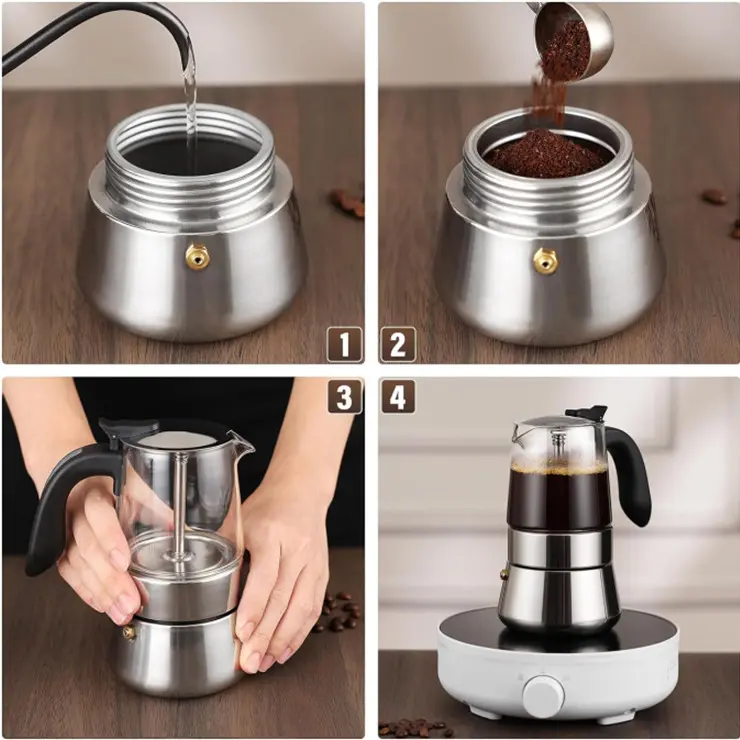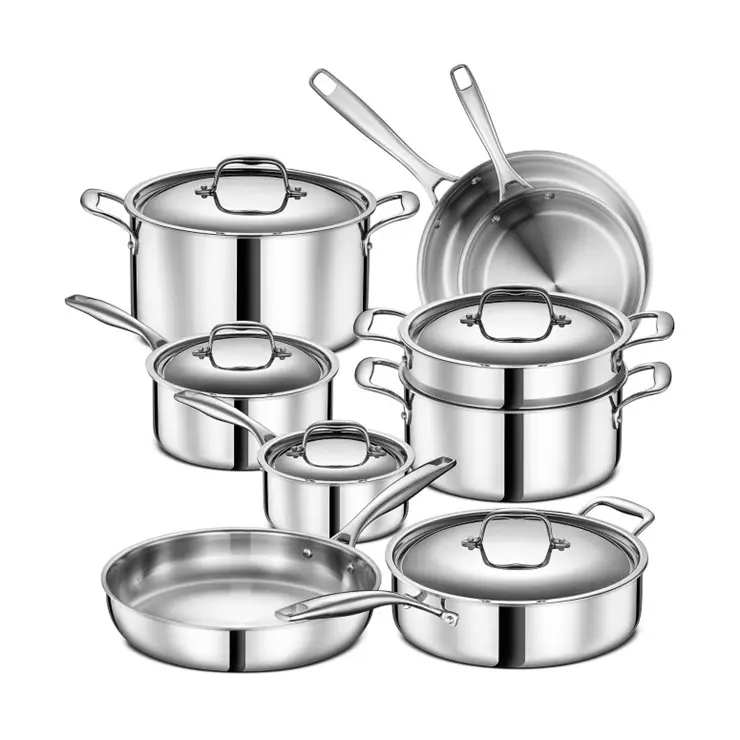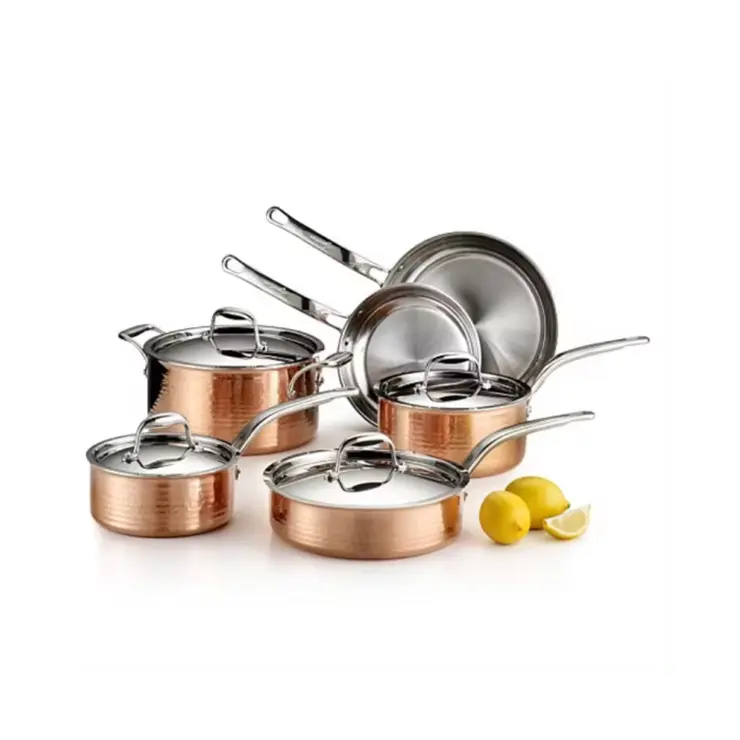The difference between antimony pot and aluminum pot
Antimony pots and aluminum pots differ in material, heat transfer performance, durability and scope of application. Antimony pots are hard and corrosion-resistant, have weak heat transfer but are durable, and are suitable for long-term high-temperature cooking; aluminum pots are light and fast in heat conduction, suitable for quick frying and steaming, but have poor durability. Choosing pots depends on personal needs and habits.
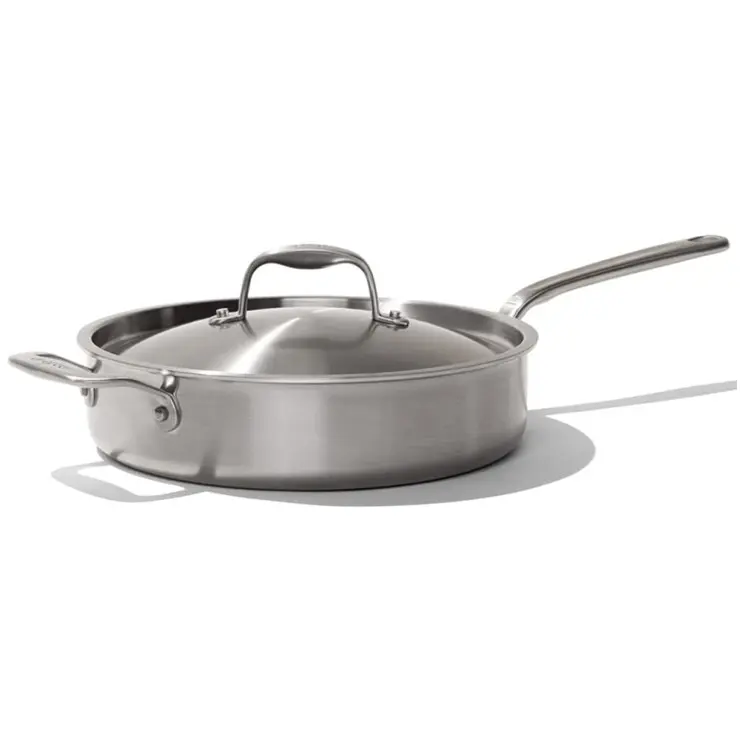
In daily cooking activities, the choice of pots directly affects the cooking effect and usage experience of food. Antimony pots and aluminum pots, these two common kitchen utensils may seem similar in appearance, but in fact they have very different inner characteristics. Next, we will deeply explore the differences between the two through multiple dimensions such as material, heat transfer performance, durability and scope of application, and reveal how technology has quietly changed our lives through the improvement of pot materials.
1. Differences in basic characteristics of materials
The most basic difference between antimony pots and aluminum pots comes from their material properties. Antimony pots, as the name suggests, are mainly made by refining the metal antimony, while aluminum pots are formed from lightweight metal aluminum through processing. Metal antimony is hard, corrosion-resistant, has a high melting point and hardness; while aluminum pots are well known for their lightweight and fast heat conduction.

2. Comparison of heat transfer performance
During the cooking process, the heat transfer performance of the pot is crucial. Thanks to its excellent thermal conductivity, aluminum pots can quickly and evenly transfer heat to the ingredients in the pot, which is conducive to achieving fast and consistent cooking results, and is especially suitable for cooking methods such as quick stir-frying and steaming. However, due to its relatively weak heat transfer characteristics, antimony pots may have uneven heat distribution during the heating process, which has certain limitations for cooking ingredients that need to be evenly heated.
3. Durability comparison
When it comes to durability, aluminum pots and antimony pots have their pros and cons. Because of its soft material, aluminum pots have relatively weak impact resistance and wear resistance. Prolonged high-temperature cooking or improper use may cause deformation, wear or scratches on the pot body. Antimony pots, due to their tough material, have excellent pressure resistance and wear resistance, and generally have a longer service life than aluminum pots. Of course, this is also one of the reasons why the price of antimony pots is relatively high.

4. Differentiation of applicable scenarios
In practical applications, aluminum pots are very popular for daily household cooking because of their lightness and easy operation. They are suitable for many common cooking methods such as stir-frying and soup-making. However, when faced with special cooking requirements such as long-term high-temperature stewing or barbecue, the excellent heat resistance and stability of antimony pots come to the fore, making them more capable of handling these more stringent cooking conditions.
An in-depth understanding of the material characteristics, heat transfer performance, durability and application range of antimony pots and aluminum pots will help us make more scientific and reasonable decisions when choosing pots. With the continuous development of science and technology, the birth of new pot materials and processes has not only enriched our choices of kitchen utensils, but also brought great convenience and quality improvement to cooking life. Choose a pot that suits your living habits and cooking needs to make our cooking journey more exciting.

